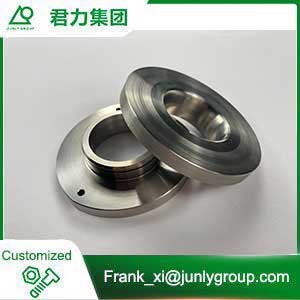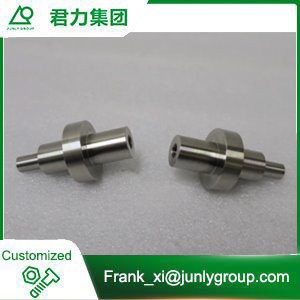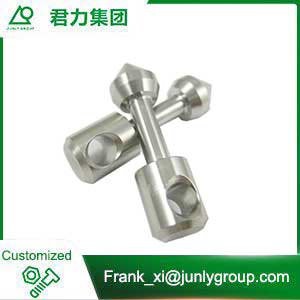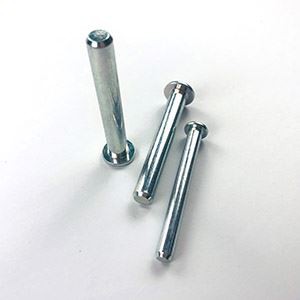Related Industry Knowledge
Are non-standard screws magnetic
Apr 02, 2022 View: 885
Why do some non-standard screws stick to the magnet? Stainless steel tightening screws are non-magnetic and one of the biggest misunderstandings among screw users. Non-standard screws are divided into three parts, namely size, mechanical properties and surface defects. The specific inspection items of each part have different regulations according to different products. Custom inspection method for non-standard screws: The inspection method for standard fasteners is specified in the technical conditions of the product. Professional standards have been developed for fastener testing methods (dimension and geometric accuracy). Screw manufacturers will share, why most stainless steel fasteners are at least a little magnetic, and why are they attracted by many magnetic materials or even weak magnets?
Non-standard screw materials are divided into five categories: ferrite, austenite, martensite, duplex and precipitation hardening, only one is non-magnetic (austenite). Non-standard screws are divided into three parts, namely size, mechanical properties and surface defects. The specific inspection items of each part have different regulations according to different products. Austenitic is the most commonly used non-standard screw material type in the market. Non-standard screw manufacturers use high-quality austenitic stainless steel. The first four classes are defined based on the microstructure of the metals in the latter class, and the PH is based on their heat treatment. The microstructure of stainless steel is important because this is the magnetic property of stainless steel. The microstructure of metals makes steel magnetic. If the selected stainless steel is austenitic, for example, stainless steel 316, and the local microstructure is changed to the other four categories, then the material will have some magnetic permeability, and the magnetism will be built into the steel. The microstructure of austenitic stainless steels may be transformed through a process called martensitic stress-induced transformation. This is a microstructural change from austenite to martensite, and the stainless steel will have a pronounced martensitic structure due to cold heading and cold rolling. Because martensite is magnetic, austenitic stainless steels that were once non-magnetic were initially magnetic.
www.junlygroup.com
You Might Also Like

Aluminum Alloy CNC Machining Parts For Medical Devices
Learn More

Flange Accessories
Learn More

Stainless Steel Machined Parts
Learn More

High Precision CNC Machined Lathe Medical Part
Learn More

Precision Machined Parts
Learn More

Hex Socket Button Head Screws
Learn More
Send Inquiry
Copyright © SIP Junly Industrial Precision Co., Ltd. All Rights Reserved.